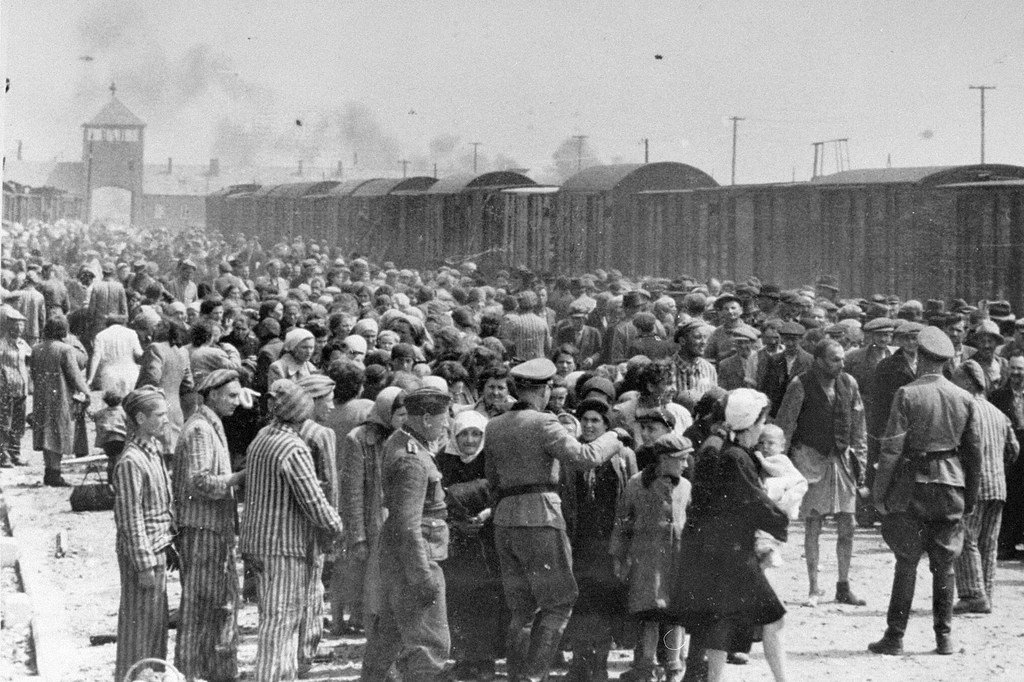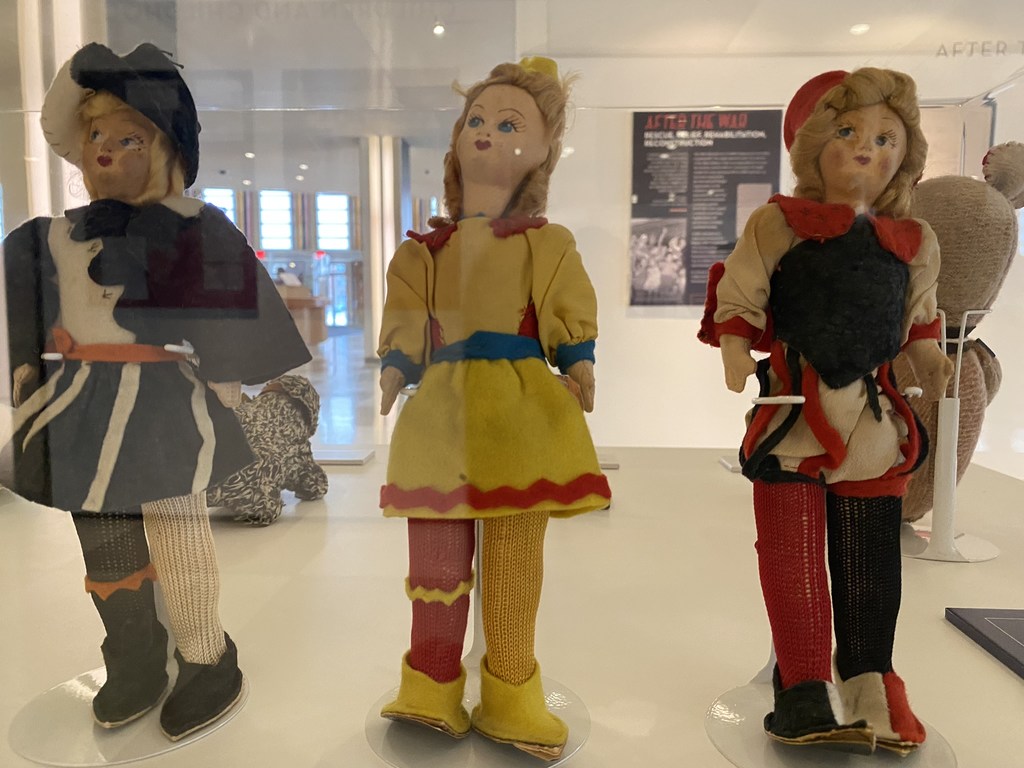The UN Outreach Program on the Holocaust scheduled a series of events in January plus February at UN Headquarters in New York, illustrating the “home and belonging” theme, including a ceremony in order to mark International Holocaust Memories Day, on 27 The month of january. Jews from Subcarpathian Rus are subjected to a selection process on a ramp at Auschwitz-Birkenau, Poland. UN News/ Conor Lennon

Since Germany gained territory within Europe under the guise of uniting German-speaking peoples, these people ensured that similar organized campaigns took place in the countries under their control.
Nazis emboldened by ‘deafening silence’
One of the exhibitions currently on display at the UN, and continuing until 23 February, centres on the experiences of the Jewish refugees who found them selves scattered across Europe, in dire need of assist. The aim of “#FakeImages: Unmask the Dangers associated with Stereotypes” is to challenge the viewer to unmask the particular lies that continue to divide and polarize communities, plus both exhibitions encourage visitors to draw comparisons with present-day antisemitism. “#FakeImages” is upon show until 20 February. This process went way past enacting legislation to define and exclude Jews from society: the Nazis released misinformation and hate presentation campaigns vilifying and dehumanizing Jews, and sanctioned works of terror that ruined people’s places of worship, livelihood, and homes.

UN News/ Conor Lennon
Whenever you can, the book shows the particular date of birth, home town, and place of death of every victim.
In his message for the International Day, UN Secretary-General António Guterres notes that this Holocaust was the culmination of thousands of years of antisemitic hate, aided by the decision of so many to do nothing to stop the Nazis. “It was the noisy silence – both at home and abroad – that emboldened them”. As well as information, and photographs of refugees, the exhibition contains several artifacts, including dolls made by stateless Jewish children who were residing in a displacement camp within Florence, Italy, after the battle. Dolls made by stateless Jewish kids living in UN displaced individuals camp in Florence following the Second World War, on display at UN Headquarters
The Book of Names
Displacement because of conflict and persecution continues to be a feature today, and misinformation and hate speech, which usually spread rapidly around the world because of the internet, continue to put lives at risk. After the End from the World: Displaced Persons plus Displaced Persons Camps , displays documents and photographs through the archives of the United Nations as well as the YIVO Institute for Jewish Research, and explains the particular role of the UN Comfort and Rehabilitation Administration (UNRRA), which was set up to resettle those displaced by the war and the Holocaust. In 1933, Hitler began putting the party’s core racist plus nationalist ideology into exercise, identifying who could claim Germany as home and who in their view, actually belonged in the country.
Visiting the UN:
Located next to the exhibit on displacement, is another installation illustrating the stereotyping, false information, and conspiracy theories utilized by the Nazis, to discredit Jews, Roma, migrants, LGBTQIA+, or other groups.